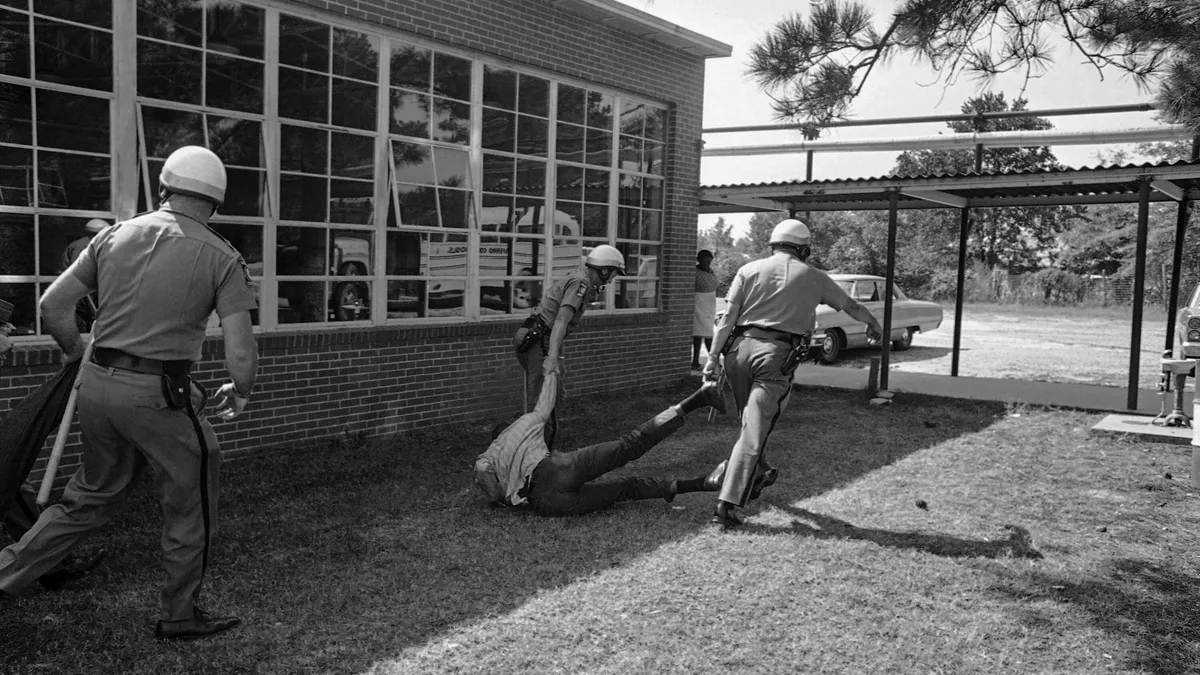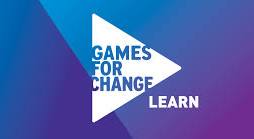Dive Brief:
- In the Seattle Public Schools system, principals and school leaders get to decide how to spend money, and the Seattle Times reports that 38% of the city's schools didn't allocate funding toward libraries in school year 2015-16.
- Because librarians have tried to make up for the lack of funding through community support and donations, schools districts located in wealthier areas have more modern libraries with better resources — drawing money from PTAs, book fairs and grants — while poor communities are forced to tolerate libraries without new books or resources.
- Last year, a statewide survey conducted by the Washington Library Media Association found that more than half of Washington schools spent $1-$10 per student, while the national U.S. average is $10.
Dive Insight:
The "library gap" in Washington, and its resulting consequence of greater educational inequity and wider achievement gaps between wealthy and poor students, speaks to the continuing need to desegregate American schools — not just racially, but socioeconomically. Such stark differences in resources nationwide were spotlighted as far back as the arguments leading up to the Supreme Court's landmark decision in Brown v. Board of Ed.
Lawsuits are one way to ignite change. In Minnesota, noted civil rights attorney Daniel Shulman says little has changed, and that inequity in schools has perhaps gotten "even worse," since 1995, when he won a suit charging the state was in violation of its constitution for "allowing groups of students to inhabit separate and inherently unequal schools." That's why Shulman is now suing the state yet again, seeking class action status for children in Minneapolis public schools and St. Paul public schools on behalf of their majority-students-of-color population.
A reported 91 school districts in 32 different states have socioeconomic integration policies. A recent Century Foundation report said that this small number represented "really promising and encouraging momentum." Unlike integration focused solely on race, socioeconomic integration is more palatable to schools and communities because it's done voluntarily as opposed to being forced.
A federal push may also help. A new Obama administration initiative called "Stronger Together," proposed in the president's 2017 budget, contains a $120 million competitive grant program aimed at helping schools make strides in combating socioeconomic segregation. U.S. Secretary of Education Dr. John B. King has also highlighted the issue of school desegregation, reiterating his intention to make it a priority during his tenure.












